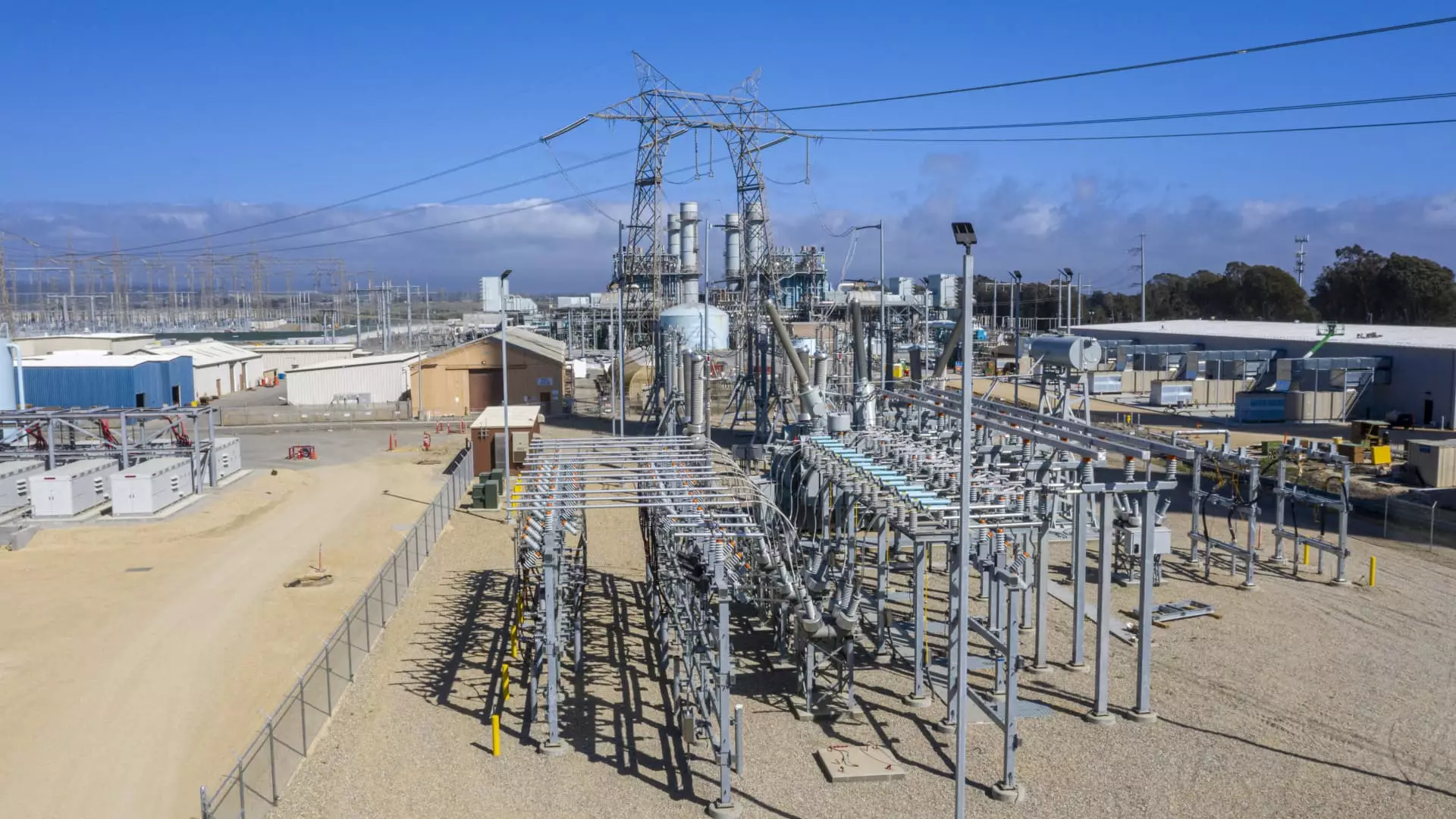The stock market has demonstrated remarkable volatility and unpredictability in 2023. With the S&P 500 index soaring close to 26% and touching new heights, specifically the 6,000 mark, it’s essential to scrutinize what’s next for stocks that have recently enjoyed profitable runs. As investors aggressively put their money into technology, energy, industrial, and utility sectors, particularly those linked to the advancements in artificial intelligence (AI) and data center expenditures, the sustainability of these trends into 2025 comes under examination.
Market analysts, along with recent consensus targets from Wall Street, indicate that the vigorous momentum observed in 2023 may not extend into the upcoming year. While certain sectors have flourished thanks to a surge in demand stimulated by technological advancements, there’s a noticeable slowing down in this trend. This deceleration is partly attributed to the evolving political landscape with President-elect Trump’s forthcoming economic policies, which aim to amplify oil production. This shift has placed significant pressure on the energy sector, which has notably lagged in the last month compared to earlier periods this year.
A closer look at this year’s top stock performers reveals complex scenarios. Companies like Vistra, Palantir Technologies, and Texas Pacific Land have experienced exponential growth yet hover over uncertain projections for the next 12 months. For instance, Vistra has seen its stock price surge by over 320% this year, largely due to expanding power generation used to satisfy the ever-increasing demands of data centers. Despite this stellar performance, analysts predict only a marginal rise of less than 3% in the upcoming year.
Vistra’s robust financials, with a reported adjusted EBITDA of $1.44 billion in its third quarter, capture investors’ attention. However, the modest projection raises concerns over whether the company can sustain its incredible growth, prompting questions about market saturation and the long-term viability of its expansion plans in the wake of evolving industry demands.
Palantir Technologies, another standout in 2023, witnessed stunning growth of around 277% this year. Its stock has been propelled upwards following strong third-quarter earnings that exceeded analysts’ expectations and ambitious future profit projections. Nonetheless, the current forecasts indicate a troubling potential decrease of almost 42% in the coming year. The recommendations from analysts predominantly hover around hold ratings, emphasizing a cautious stance toward the stock’s future movements.
The volatility of Palantir showcases the risk inherent in high-growth tech stocks, where market hype can outweigh fundamental analysis. Given that the stock market is influenced not just by company performance but also by broader economic conditions, Palantir’s forthcoming journeys seem precarious.
Similarly, Axon Enterprise, known for its Taser inventions and providing law enforcement technology, is well-regarded by analysts but also faces a tricky horizon. Bank of America analysts remain optimistic, emphasizing the company’s potential for significant revenue growth attributable to AI initiatives aimed at law enforcement. However, the consensus illustrates a sentiment of caution, suggesting that despite broad support, the stock is not immune to market dynamics that could hinder its progression in the next 12 months.
On a more promising note, Nvidia and Constellation Energy maintain strong positions among this year’s bullish market trends. Nvidia’s rise has been meteoric, and with analysts predicting potential gains of approximately 23%, the enthusiasm surrounding the company remains robust. Similarly, Constellation Energy reflects resilience, with forecasts suggesting an 11% upside within the next year.
As we approach the end of 2023 and look toward 2025, the landscape of stock performances embodies a blend of opportunity and caution. The energy, technology, and industrial sectors must navigate new political and economic terrains while ensuring their growth trajectories remain intact. Investors would be wise to keep a vigilant eye on evolving market dynamics, assess risks prudently, and adapt their strategies in response to the unpredictable nature of financial markets. As history often teaches us, past performances can provide insight but should never dominate investor reasoning as markets continue to evolve.

